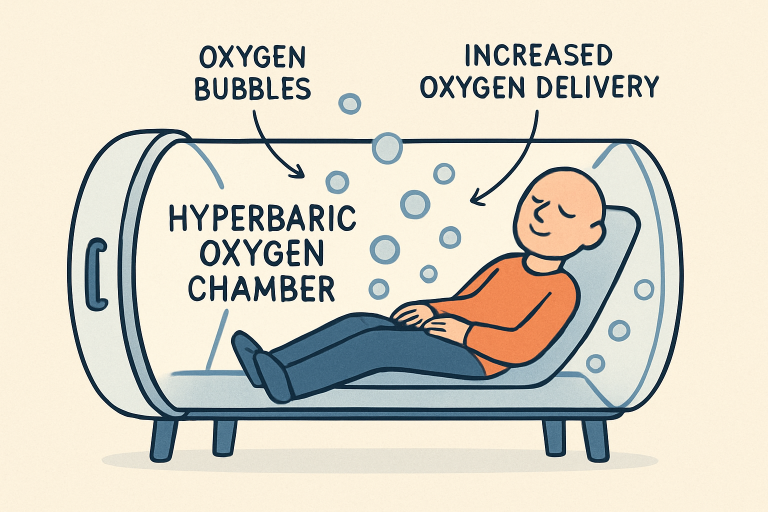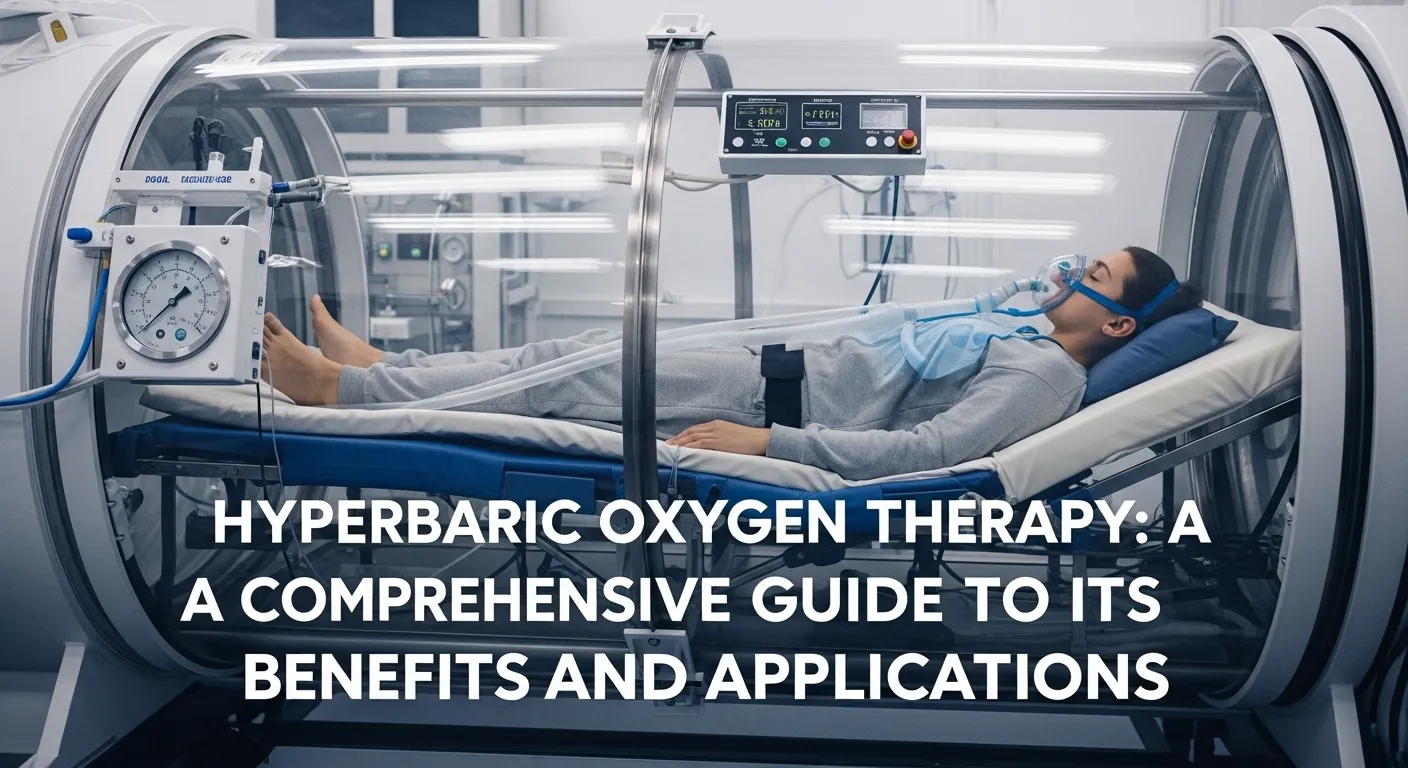Key Takeaways
- HBOT maximizes oxygen delivery to tissues, supporting accelerated healing and the reduction of inflammation.
- Its safety and effectiveness are well-demonstrated for FDA-approved conditions, with ongoing research for new uses.
- Patients should work with knowledgeable medical teams to determine the suitability and expected benefits of HBOT.
Hyperbaric Oxygen Therapy (HBOT) is an innovative treatment that delivers pure oxygen in a pressurized chamber, allowing patients to benefit from increased oxygen uptake throughout the body. This advanced therapy is gaining attention for its FDA-approved medical uses and its potential to support various emerging health needs. In many clinical settings, hyperbaric oxygen therapy is a powerful solution to enhance healing and address conditions with limited options.
Interest in HBOT is growing beyond traditional medicine as more seek alternative solutions for chronic issues. HBOT enhances the body’s ability to repair by increasing oxygen where needed. Research shows its potential in wound healing, neurological recovery, and inflammation reduction, making it valuable in integrative and rehab practices. Exploring its science and safety helps patients decide if it can benefit their health, often combined with other treatments like cancer recovery to boost resilience during or after conventional therapies.
Mechanism of HBOT
HBOT involves placing a patient in a high-pressure chamber with 100% oxygen, forcing oxygen into the bloodstream at much higher concentrations. This enhances tissue repair, stimulates new blood vessel growth, and boosts the immune system. The pressurized environment allows oxygen to dissolve directly into bodily fluids, reaching areas with poor blood flow, aiding in healing stubborn wounds and recovery from injuries or illnesses.

Approved Medical Uses
The therapeutic benefits of hyperbaric oxygen therapy (HBOT) are well-established for various health conditions. The FDA has approved its use for decompression sickness, carbon monoxide poisoning, and chronic non-healing wounds, particularly in diabetes. Additionally, HBOT is effective for treating thermal burns, at-risk skin grafts, certain infections like necrotizing fasciitis, and sudden hearing loss.
Beyond these applications, HBOT is also being explored as a supportive treatment within cancer recovery programs, where improved oxygen delivery may aid healing and enhance quality of life. While research is ongoing, its potential role highlights the growing interest in integrative approaches to recovery.
Emerging Applications
Beyond its established uses, the medical community explores HBOT for complex conditions lacking robust treatments. It may aid neurological recovery after traumatic brain injury or stroke by accelerating nerve repair. HBOT is also gaining interest for psychological issues; early studies suggest it can help veterans with PTSD unresponsive to standard care, reducing symptoms like flashbacks, insomnia, and irritability, and improving quality of life. Some ‘long COVID’ sufferers report benefits from hyperbaric treatments for symptoms like brain fog and fatigue. Though data is limited and mostly anecdotal, these reports have spurred new research, and the therapy shows promise for certain patients.
Safety Considerations
HBOT is generally safe but must be done under professional supervision since it is a specialized, non-invasive procedure. Common side effects include ear and sinus pressure similar to altitude changes. Rarely, excessive oxygen can cause oxygen toxicity or temporary vision changes. Risks are managed with proper screening, education, and chamber monitoring. Patients should choose accredited facilities with trained staff and disclose medical conditions and medications, as some issues may contraindicate treatment. Consulting with a healthcare provider ensures safety and best results.
Also Read: What Age Is Senior Citizen: A Complete Guide
Conclusion
Hyperbaric Oxygen Therapy continues evolving as a critical tool in conventional and integrative medical care. By amplifying the body’s healing capacity through targeted oxygen delivery, HBOT aids recovery in ways medications often cannot match. From addressing severe acute conditions to offering hope for emerging challenges such as PTSD and long COVID, this therapy exemplifies modern medicine’s commitment to holistic, patient-centered care. Consulting knowledgeable professionals remains the best approach to determine whether HBOT fits your health objectives and recovery needs.



